How JK Crafts American Made Work Boots

True American made work boots are a dying breed.
Sure, you can find boots that are sewn together in the USA. Brands that print the Stars and Stripes on a little tag and attach it to the inside.
But what about boots that are USA-made all the way through? There are a handful of brands still crafting true American made work boots, from the style all the way through to the materials.
Here’s how it’s done.
The Best American Made Work Boots Are Handcrafted
For a truly durable work boot, there’s nothing that comes close to a handcrafted construction. At JK Boots, we opt for “best” over “fast” at every step. In fact, you can watch how we craft our Bison Forefront wedge sole boot below:

It Starts with American Leather
We think an American boot should be made with American leather. Makes sense, right?
There are a few legendary tanneries left in the USA---the two most notable are Seidel Tanning Co in Milwaukee, and Horween Tanning Co just outside of Chicago.
You can find some other American tanneries that focus on dress leathers, but for work boots, Seidel makes the toughest hide there is. So naturally, that’s what we use for JK Boots.
The three main types of leather to know for your work boots are roughout leather, full grain, and bison.
You’ll notice that JK Boots have a rough “suede” looking lower and a smoother full grain upper. We like roughout leather for work boots because it can take scratches, scrapes, and scuffs without showing much damage.
Our Seidel roughout is oil tanned so it’s naturally water resistant, too.

What is Bison leather good for?
We also love to use bison leather for a few key reasons. Bison has a much more open grain pattern, so the leather is a lot more flexible and easy to break in. But just because it’s more flexible doesn’t mean it’s not tough.
Bison is generally between 30-50% thicker than most boot leathers. So a bison boot will have thicker leather (more like 4.5mm of thickness compared to a 3mm steer leather upper---which is still heavy duty).
A lot of bootmakers shy away from making boots with that much leather because it’s tough to break in and can be uncomfortable, but with bison leather, you won’t run into those problems.

Stitch by Stitch
After we cut the leather upper and lining, we stitch the pattern together by hand. That means that every stitch is carefully looked after, and that the finished boot has the kind of durability you need on the jobsite.
We have a full line of wildland fire boots---wildland firefighters work their boots extremely hard. There’s no difference in how we stitch our regular work boots, or even our more light-duty boots for the weekend.
So split and busted seams just aren’t something we ever hear our customers talk about.
Lasted by Hand
Most work boots are foam and cardboard. No wonder they don’t last a full year.
We believe in tradition at JK.
Our founder John Khadzhi, who apprenticed as a leatherworker and bootmaker in Ukraine before immigrating to the USA, learned Old World boot making skills. So each pair of JK Boots is still lasted by hand, old-world style.
Now, that might not mean much to you, but here’s what you get with a hand lasted boot:
A thick 6mm oak-tanned insole acts as the base of the boot. The boot maker then pulls the leather lining and leather upper over a pre-molded shape which both preserves the leather (there’s no machines ruthlessly tugging at the leather) and allows the bootmaker to make small adjustments for the long-term durability of the upper.

Durable Sole
After we’ve hand-lasted the upper, we get to work on the sole.
JK Boots have a leather shank for arch support and stability. A lot of work boots on the market have steel shanks, and while steel shanks are more rigid and can offer a more solid base if you’re climbing (particularly for linemen), we choose leather because it allows the boot to truly form to the shape of your foot.
We expect you to have these boots for the rest of your life. And that means the thick leather insole is going to compress over time and feel like it was perfectly made just for your foot.
A steel shank can’t get you that feeling, but leather can.

We attached the heel base with 30 brass clinch nails and then use what’s called a stitchdown construction to secure the boot from the waist around the toe.
The upper leather is stitched through the insole, midsole, and rubber outsole. So unlike a lot of work boots that are just glued together, a JK Boot has a secure corded thread that punches through every layer of the boot and keeps the entire boot secure.
JK also partners with Vibram, which manufactures some of the best boot outsoles in the USA. So even the parts we can’t make ourselves, we keep it local.
Where to Buy American Made Work Boots
There aren’t many places to find true American made work boots anymore, but you can find in-stock USA work boots here.
And if you want a truly unique boot, JK is one of the only remaining bootmakers that offers full customization for work boots.
How custom?
You choose your leather, the type of outsole, the height of the boot---you can add a met-guard or a lineman patch, too.
Oh, and the sizing is fully custom, too. So if you always have one boot that fits right and the other is a bit off, we can build a set just for you.

It’s Tradition
Since JK Boots was founded, we’ve seen a lot of American brands ship their manufacturing overseas.
It makes sense, really.
They can make a decent product at a cheaper price. They can shave a bit of quality off the leather and squeeze a bit more out of their margins for better marketing.
But we hate the word “decent” at JK. We only strive for “best.”
And that’s why we will always make our boots by hand in our factory here in the USA.
From start to finish, JK Boots makes work boots that epitomize American durability and craftsmanship.
FAQs
Are any work boots made in the USA?
Yes, there are a few brands that still make their work boots entirely in the USA. JK Boots are all handmade in Spokane, Washington and use American leather from Seidel Tanning Co in Milwaukee and Vibram outsoles made in Massachusetts.
What is the average life of work boots?
The average lifespan of most work boots is about 18 months if you wear them hard. High quality American handmade boots like JK Boots can last ten years or longer. And when the sole wears out, you can send your boots back to JK for a full recraft.



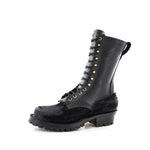
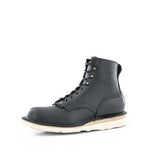
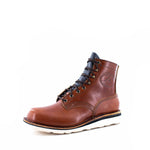

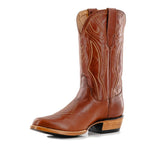
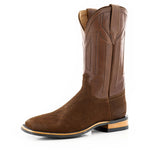
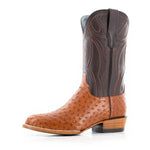


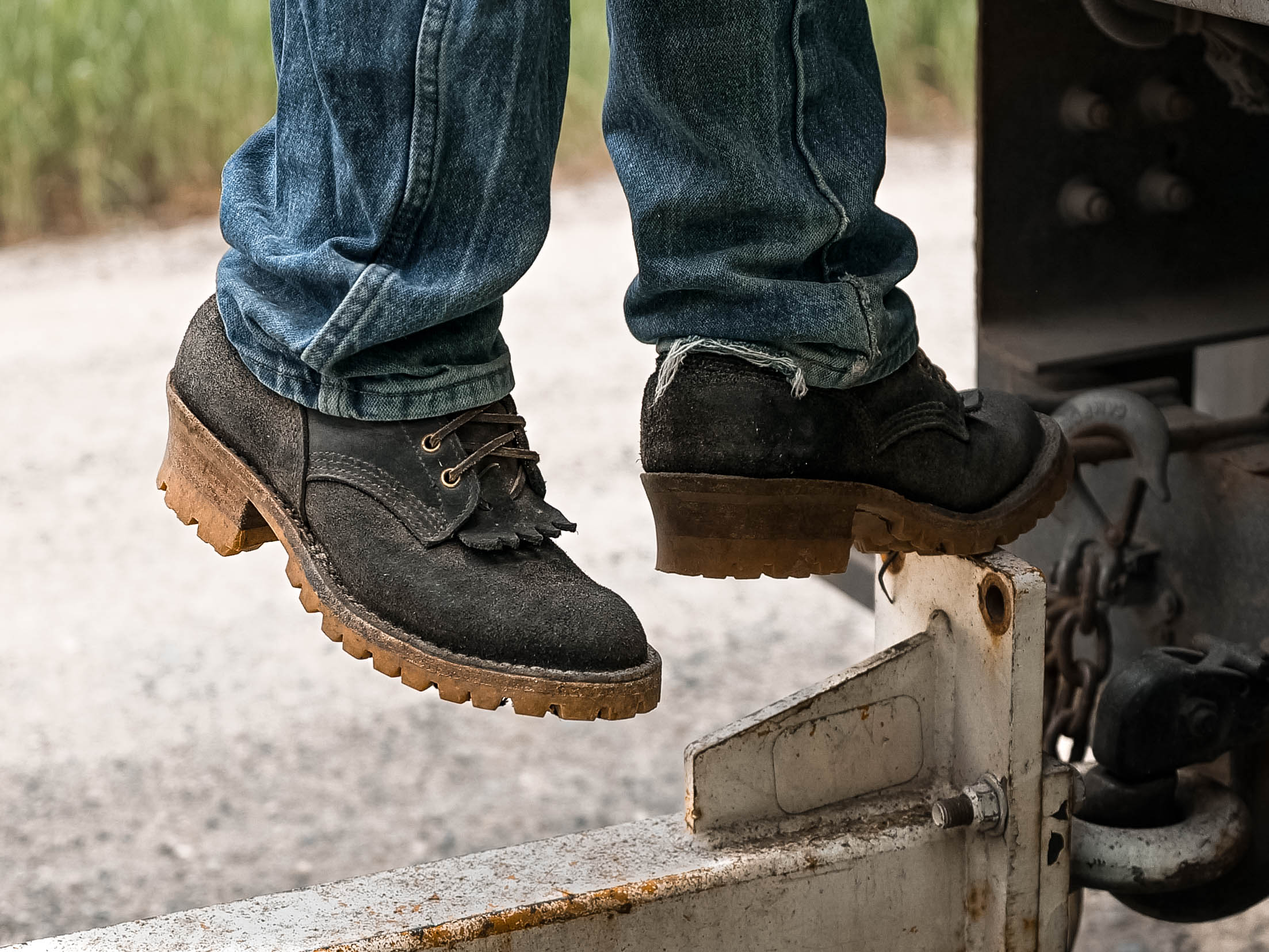
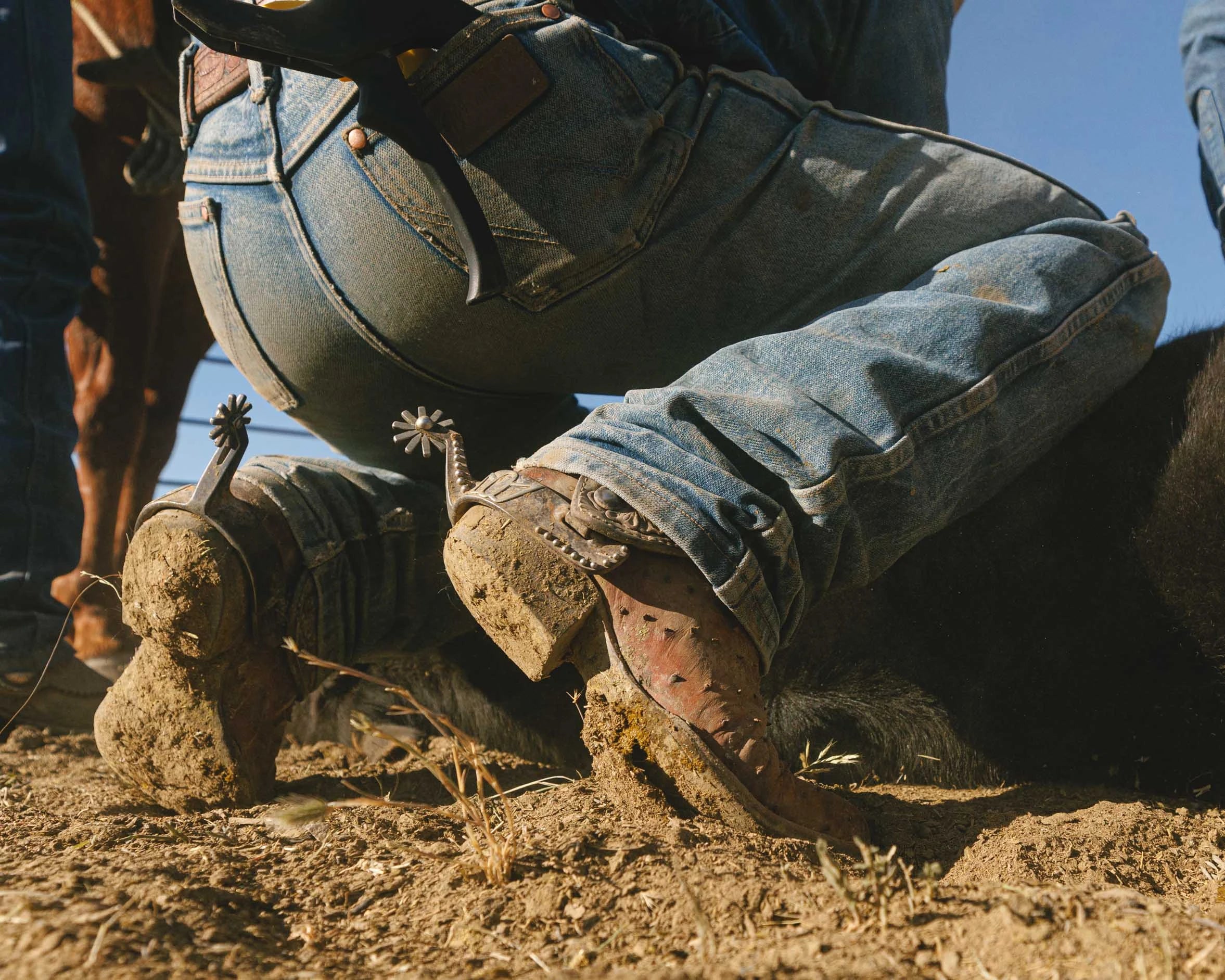
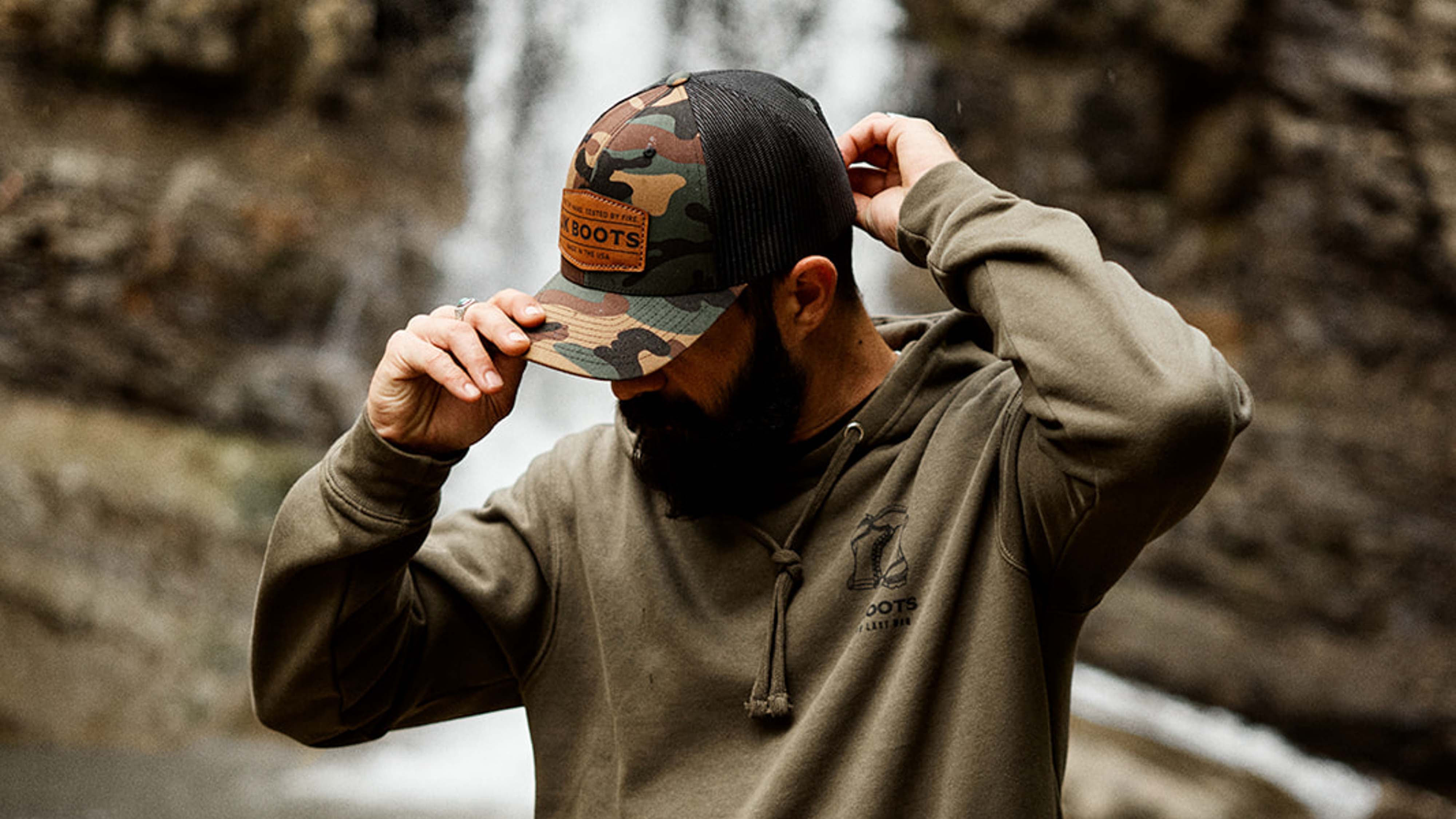
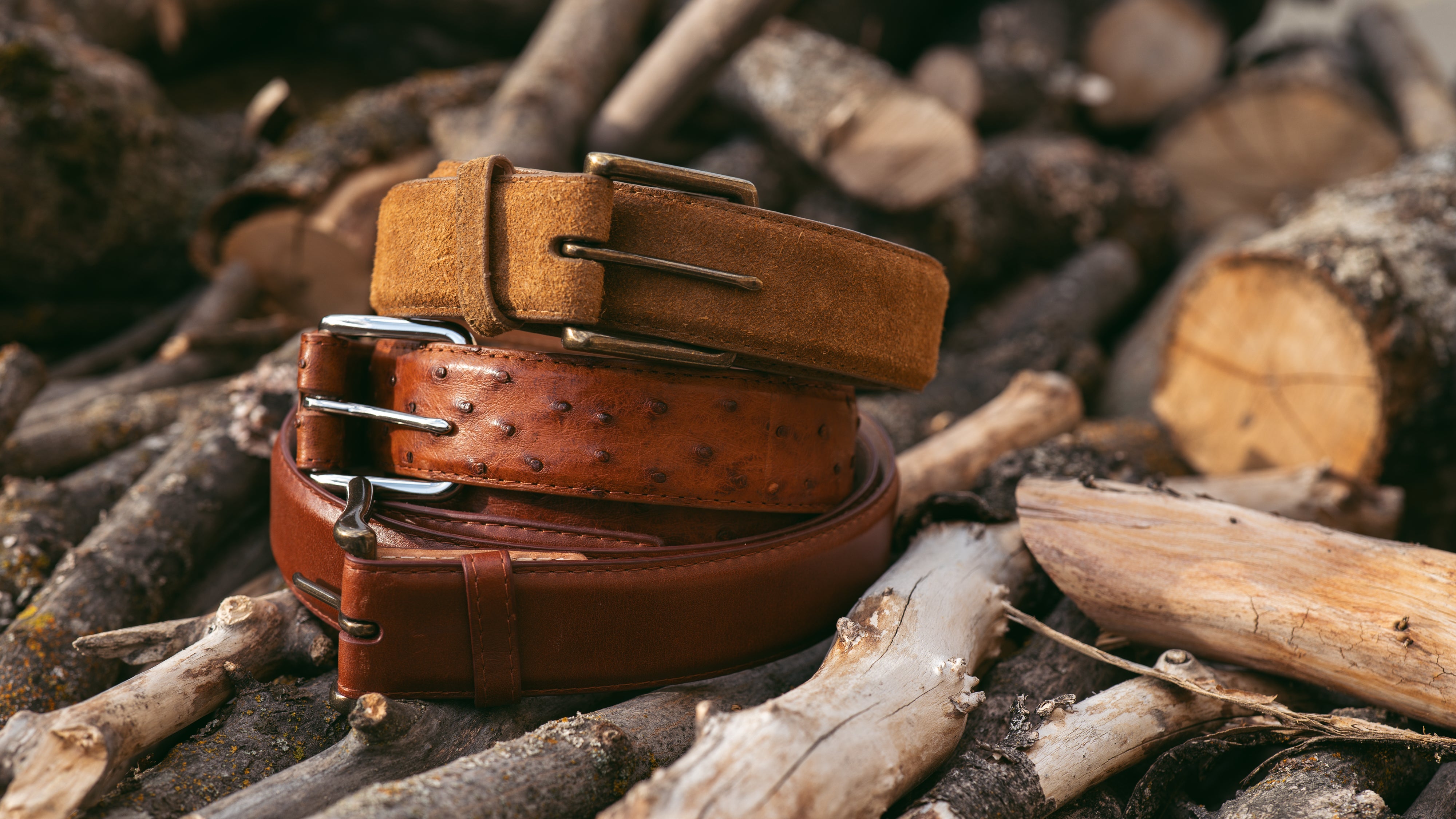
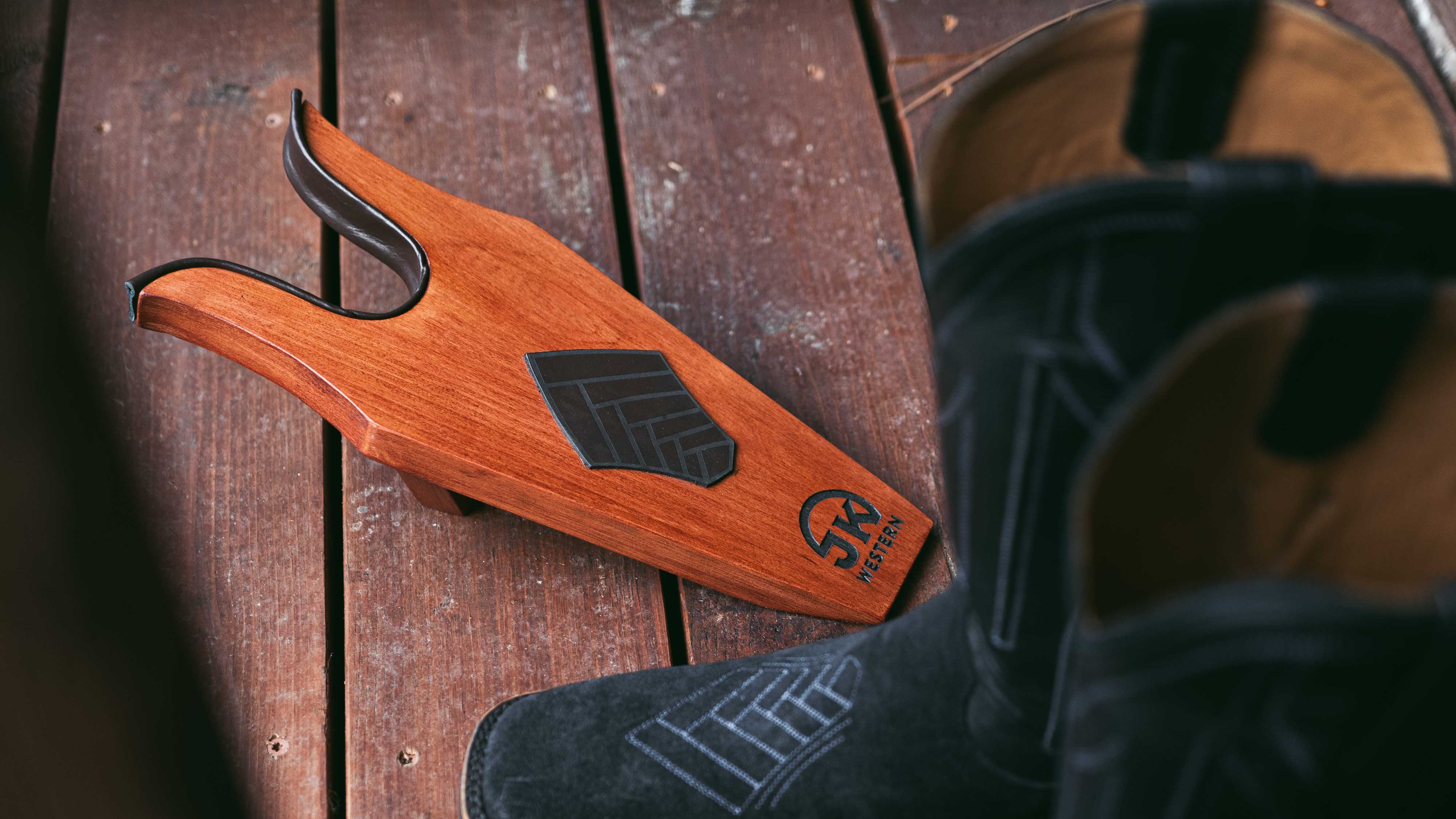
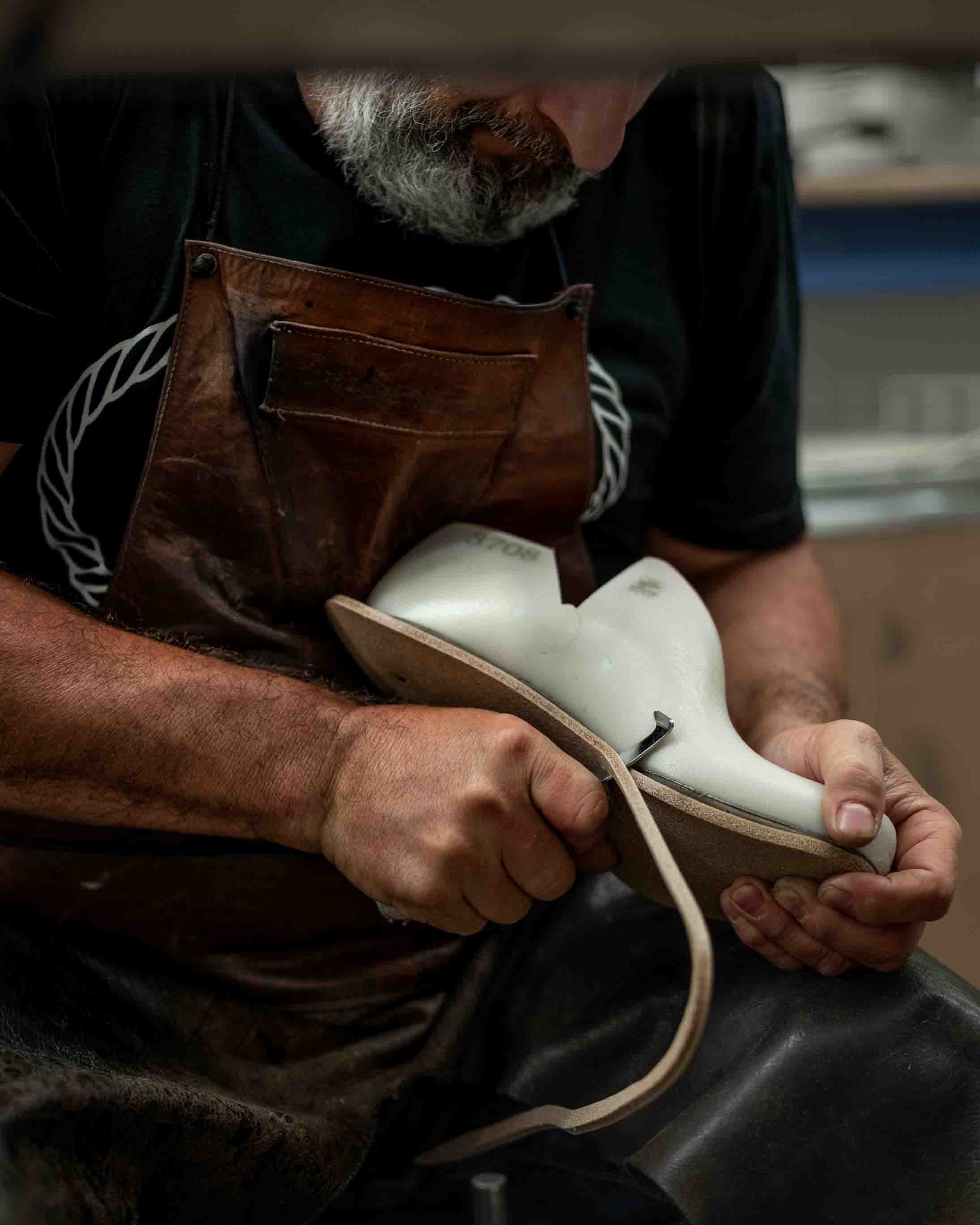
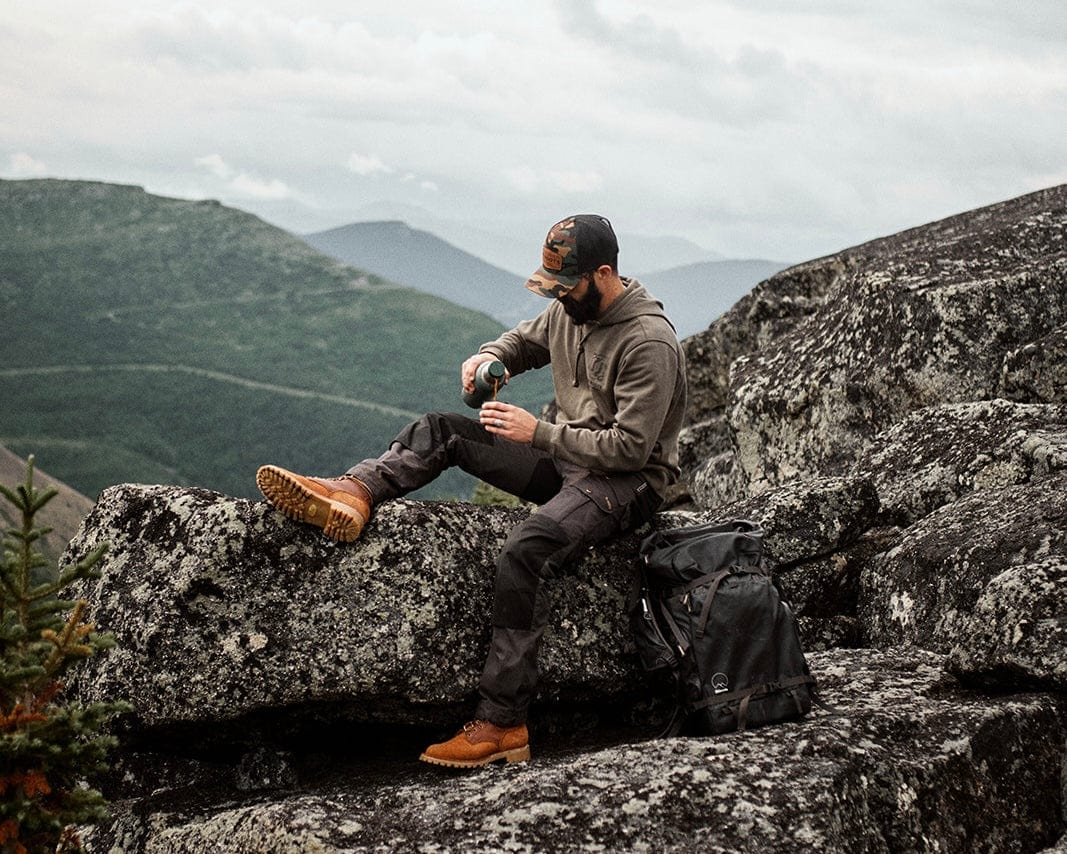
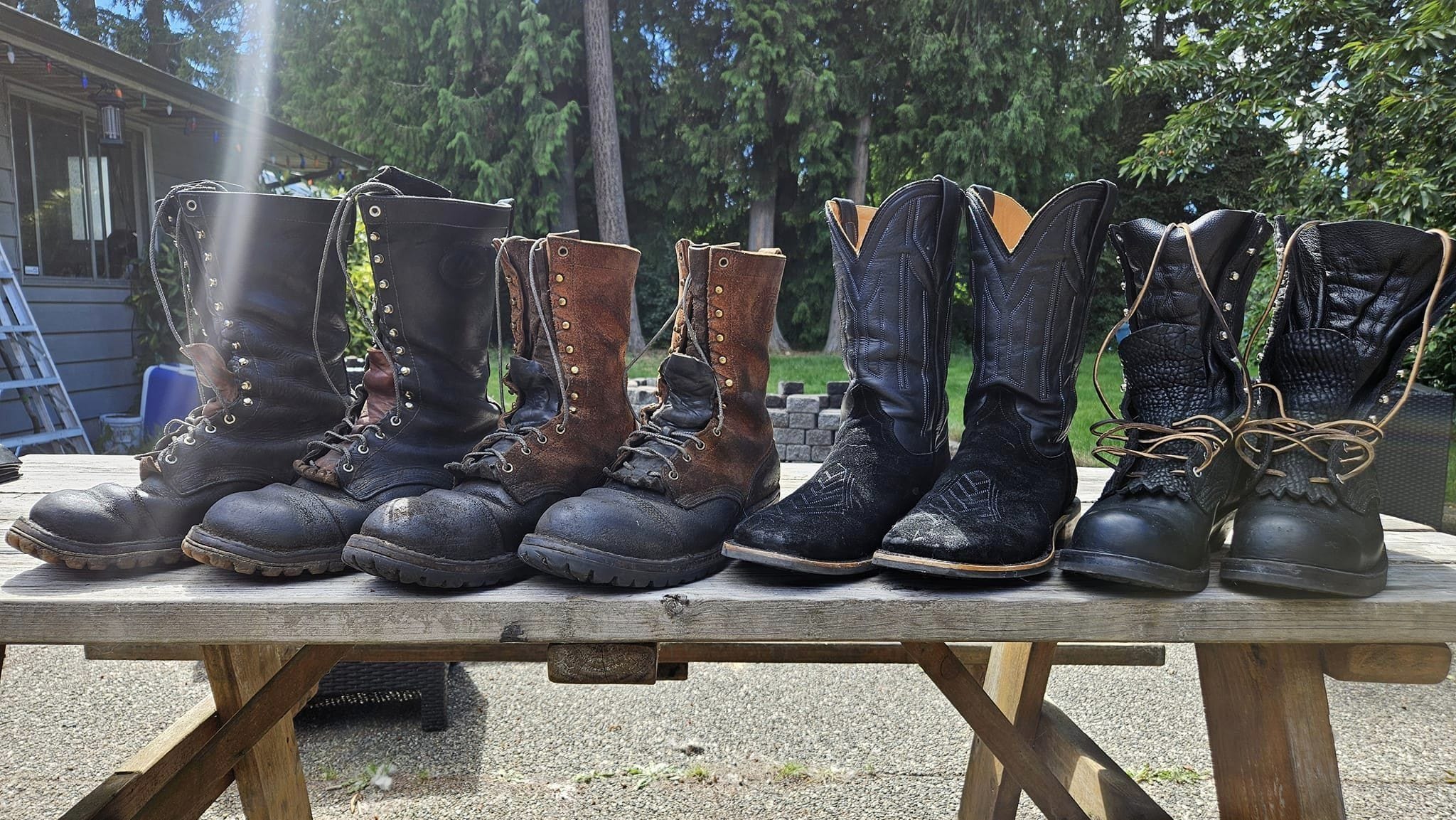
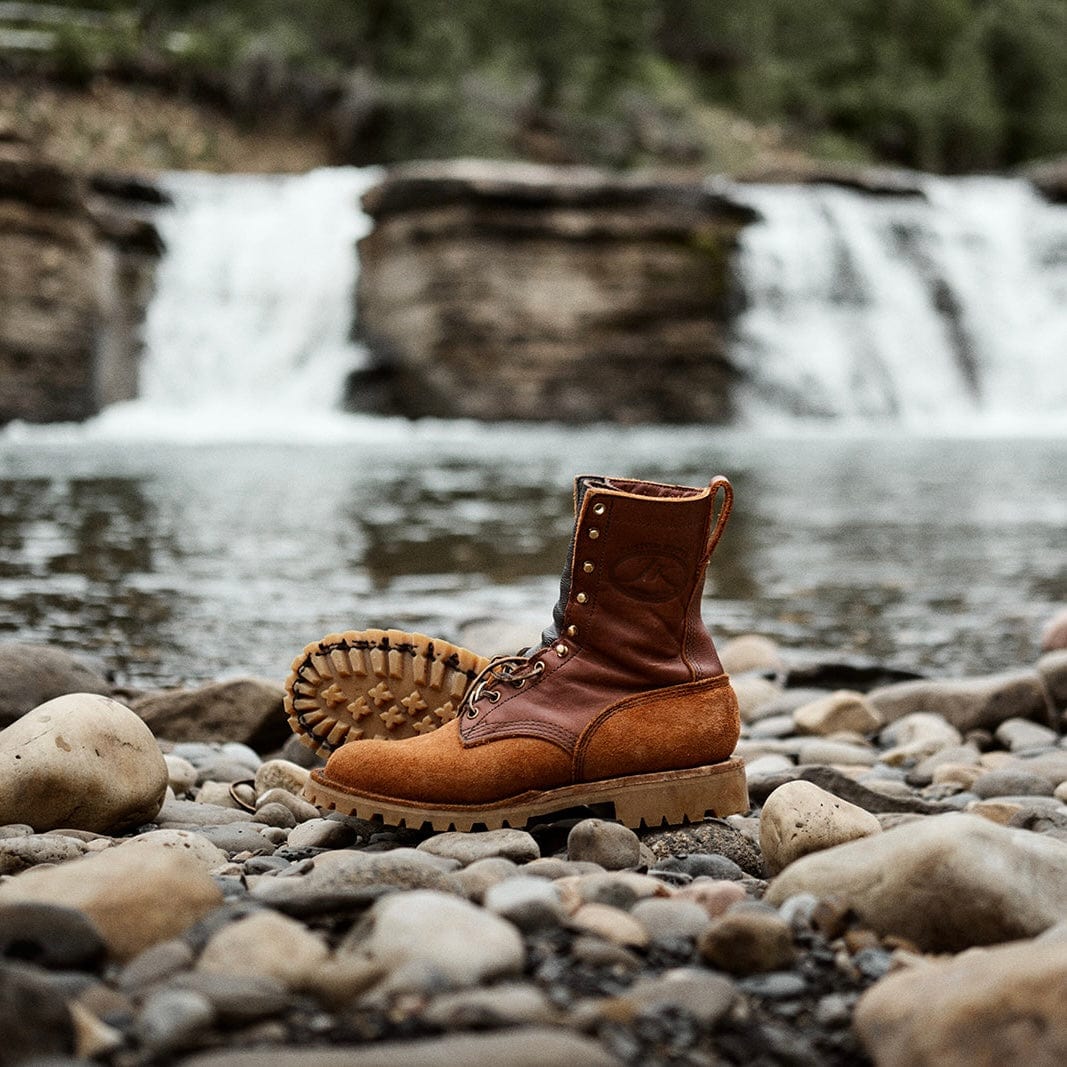
I’m hoping they kept my measurements on-file because I will probably order 2 more pairs. Some jobs require a safety toe and I’d like another pair for hiking and hunting. Most comfortable pair of work boots I’ve ever owned and despite the logger style and 10” upper they’re the lightest. Just over a year at work and they’re holding up incredibly well, and I work in extreme conditions. Hard cleaning with saddle soap when they need it and a few coats of Obenaufs Heavy LP and they look nearly new. Holding up better than any Georgia, Danner, or Redwing I’ve owned the last 20 years, those are all popping seams and the soles are starting to fall off by now.
Great boots almost one hundred x cent natural materials, and nothing than the right last form the best way to make a perfect pair of Great boots 👢 Love shoe making
Leave a comment